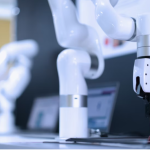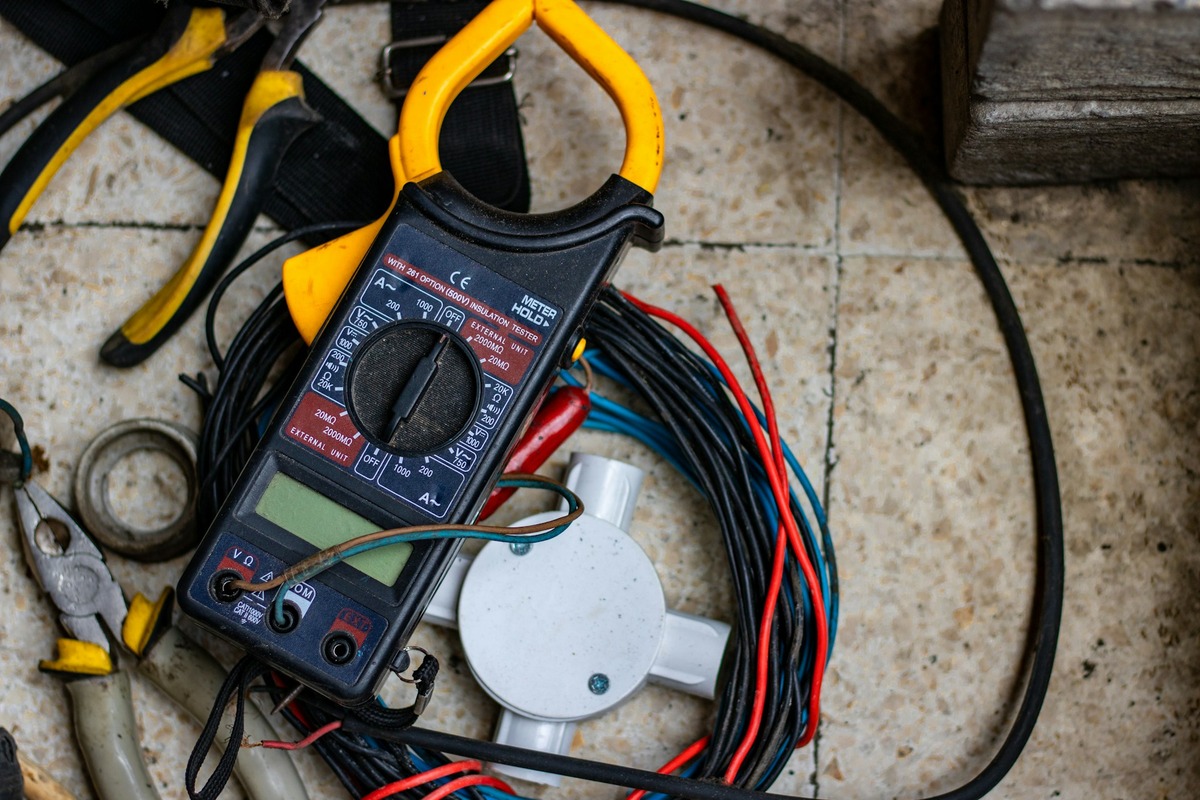Key Takeaways:
As the demands on modern infrastructure increase, the role of electrical equipment becomes increasingly significant. Electrical equipment is fundamental to building sustainable, resilient infrastructure, enhancing energy efficiency, and enabling innovative technologies. Ensuring the correct installation and maintenance of electrical systems is crucial for fostering technological advancements and supporting ever-evolving infrastructure needs.
Table of Contents:
- Introduction
- Enhancing Energy Efficiency
- Smart Technologies and Infrastructure
- Safety and Reliability
- Integration and Interoperability
- Sustainability Goals
- Conclusion
Introduction
In today’s rapidly advancing world, electrical equipment is at the heart of infrastructure development. The engine drives modern living, supporting technologies that enhance quality of life and contribute to economic growth. Realizing smart cities, cutting-edge transportation systems and reliable energy networks would be impossible without efficient electrical equipment. Infrastructure development relies heavily on innovative electrical solutions to meet rising performance, safety, and sustainability standards. The role of electrical equipment is pivotal in orchestrating the harmony between mechanical systems and digital technologies, enabling the creation of infrastructures capable of withstanding both present and future challenges.
Enhancing Energy Efficiency
One of the prime contributions of electrical equipment to infrastructure development is enhancing energy efficiency. As global energy demand continues to rise, optimizing energy consumption becomes critical. Advanced electrical systems are designed to reduce waste and maximize output, offering energy-efficient solutions crucial for modern infrastructure projects. Collaborating with an electrical conduit supplier can streamline the supply of high-quality materials that support these goals. Efficient transformers, variable frequency drives, and innovative grid technologies exemplify how electrical equipment facilitates significant reductions in energy costs and environmental impact. These technologies operate by dynamically adjusting energy use based on real-time requirements, thus ensuring that resources are never squandered and efficiencies are continually optimized. Such energy management solutions are instrumental in meeting regulatory standards and corporate sustainability initiatives.
Smart Technologies and Infrastructure
Integrating innovative technologies represents a transformative leap in applying electrical equipment within infrastructure. These technologies, underpinned by IoT (Internet of Things), enable infrastructure projects to evolve into interconnected ecosystems that are more intelligent, responsive, and efficient. Electrical equipment acts as the central nervous system within this landscape, facilitating data communication across various domains such as traffic control, power distribution, and building management systems. Innovative technologies allow infrastructures to react in real time to changes in demand and environmental conditions by utilizing sensors, actuators, and connectivity platforms.
The actionable insights provided by these intelligent systems lead to enhanced operational efficiency and improved service delivery. For instance, smart grids adjust energy distribution dynamically, enhancing load balancing and reducing outages. Furthermore, intelligent transportation systems optimize traffic flow and reduce congestion, contributing to direct and indirect energy savings while improving urban mobility. These sophisticated technologies create immense potential for improving living standards and driving sustainable urbanization.
Safety and Reliability
In infrastructure development, safety and reliability are paramount. Electrical equipment is critical in ensuring that infrastructures are operational and safe for public and private use. Advances in protective devices, monitoring systems, and fail-safe mechanisms ensure that infrastructures can resist operational failures that might lead to catastrophic consequences. Modern electrical systems have real-time fault detection and isolation capabilities, enabling rapid response to anomalies and minimizing system downtime or hazard risks. Incorporating robust materials and advanced design principles ensures that electrical systems maintain their integrity under various operational and environmental conditions.
A reliable infrastructure is one that continuously meets user needs without significant interruption. Electrical equipment such as uninterruptible power supplies, backup generators, and resilient control systems guarantee consistent service availability, even in adverse circumstances. The reliable operation of these systems is essential for sectors such as healthcare, financial services, and public utilities, where interruptions can have severe consequences. By prioritizing safety features and reliability standards, electrical equipment ensures that infrastructure projects remain stable and perform their intended functions seamlessly.
Integration and Interoperability
Successful infrastructure projects necessitate seamless integration and interoperability across diverse systems and components. Electrical equipment is instrumental in bridging the gap between disparate technologies, ensuring they work cohesively as a unified entity. Achieving high levels of integration involves a deep understanding of system architecture, detailed planning, and proficient implementation strategies. Multimodal transport systems, mixed-use developments, and energy-efficient buildings are examples where integration is key to unlocking value and performance. The interoperability of electrical systems allows for efficient communication between sensors, actuators, controllers, and user interfaces. Standards in communication protocols and data formats play a significant role in ensuring that disparate systems can effectively ‘talk’ to each other, driving collective action better aligned with overarching goals.
These integrated networks optimize asset management and enhance the scalability of infrastructure projects. As needs evolve, these systems can be expanded or modified without overhaul, safeguarding investments and supporting future growth. Through mindful integration, alternating current (AC) and direct current (DC) systems, renewable energy sources, and traditional electrical infrastructure can coexist harmoniously, thus facilitating the transition to sustainable energy systems.
Sustainability Goals
With the global community increasingly prioritizing environmental stewardship, electrical equipment is pivotal in achieving sustainability goals. Active participation in developing infrastructure grounded in ecological responsibility requires leveraging energy-efficient technologies and sustainable practices. Electric vehicles, battery storage solutions, and renewable energy systems illustrate the proactive measures implemented to increase sustainability in infrastructure projects. By minimizing carbon footprints and reducing reliance on fossil fuels, electrical equipment supports decarbonization efforts and promotes cleaner, greener infrastructure environments.
Beyond energy savings, sustainable infrastructure prioritizes lifecycle practices that consider manufacturing, operation, and end-of-life waste management. Technological innovation in electrical systems is driving toward zero-waste goals, circular economies, and enhanced resource efficiency. Designing infrastructures for sustainability initiates a positive ripple effect, feeding into broader societal values and contributing to a healthier and more prosperous world. The adaptability and ingenuity of electrical equipment significantly influence the pace at which these sustainability transformations occur in infrastructure development.
Conclusion
Electrical equipment is an undeniable cornerstone of infrastructure development, shaping how modern societies build and interact with their environments. As infrastructures grow increasingly complex and interconnected, the significance of electrical solutions continues to expand. This comprehensive role extends from enhancing energy efficiency and safety to facilitating innovative technologies and sustainable development. The progress made in the electrical equipment field has met contemporary demands and laid a foundation for future innovation and growth. By investing in high-quality electrical solutions and fostering skilled workforces, stakeholders ensure that infrastructure projects achieve their objectives and bring tangible benefits to communities. The synergy between advancing technologies and strategic planning is set to redefine the contours of infrastructure, leading to multifaceted improvements that enhance the quality of life globally.










